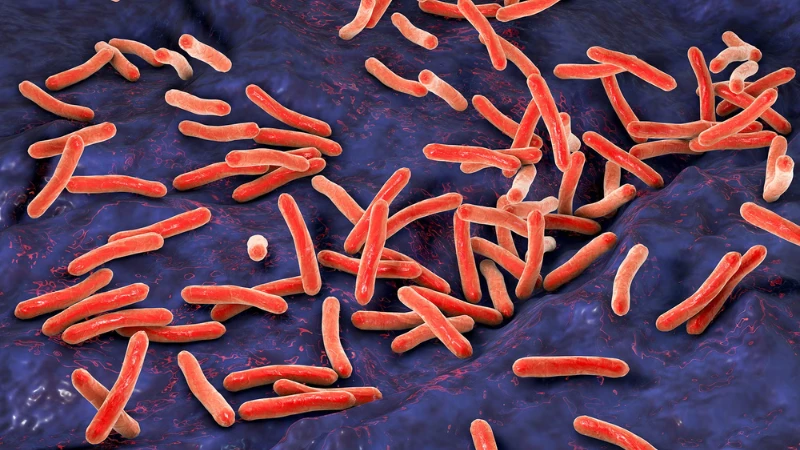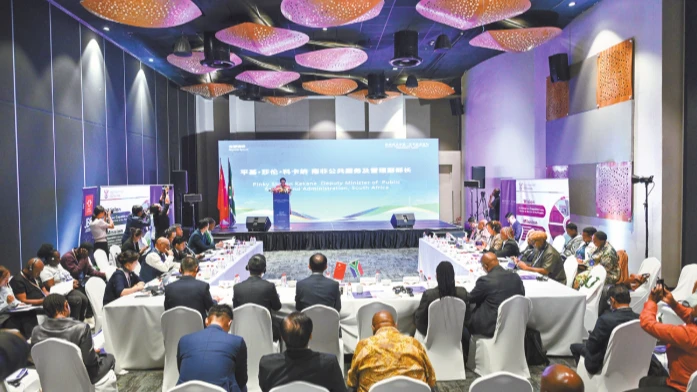TB bacteria survive due to genetic inroads in patients

GENETIC interactions between humans and mycobacterium tuberculosis (M.tb), the bacterium that causes tuberculosis (TB), is shaping the course of the disease, a new study has indicated.
A research team based at the Ifakara Health Institute IHI) comprising Mohamed Sasamalo, Faima Isihaka, Hosiana Temba, Thomas Maroa, Rastard Naftari and Jerry Hella worked on the study, published in BMC Medical Genomics volume 18, Article number 99 (2025).
They collaborated with experts from Switzerland’s EPFL, ETH Zurich, the Swiss Tropical and Public Health Institute along with Lausanne University Hospital (all Swiss institutions), in demonstrating the growing role of African-led genomics in tackling infectious diseases.
They said in a summary that the groundbreaking study shows that specific combinations of human and bacterial genes may influence who develops severe TB and how effectively the body can fight off infection.
It marks one of the first large-scale “genome-to-genome” analyses in Africa, differing from previous studies that examined human or bacterial genetics separately, as this research paired DNA from the host and the pathogen.
By analysing genomic data from 1,000 adult TB patients in Dar es Salaam, the team uncovered points where human and bacterial genes appear to interact—often helping the bacterium survive inside the body.
Using a genome-to-genome (G2G) approach, the scientists found two major genetic associations—human PRDM15 and bacterial Rv2348c, where a human variant in the PRDM15 gene—known for regulating cell death—was linked to a bacterial variant in Rv2348c, which produces a protein that stimulates immune cells.
Researchers believe this connection could reveal how the bacterium manipulates the body’s cell-death mechanisms to persist in human tissue, while human TIMM21/FBXO15 and bacterial FixA, another human variant, was added to this impression.
It is located between the genes TIMM21 (involved in mitochondrial function) and FBXO15 (which helps regulate antigen processing), as it was associated with a bacterial variant in FixA, whose function remains unclear. “Interestingly, this human variant was also tied to TB severity, suggesting a possible role in disease progression,” they stated.
The study also identified interactions between bacterial T cell epitope variants and human HLA-DRB1 genes—key players in immune recognition—indicating that even rare bacterial mutations may help M.tb evade immune attack.
“We observed that certain M.tb epitope variants are under immune selective pressure,” the authors noted, suggesting that the pathogen was adapting to human genetic defenses.
“These discoveries reveal previously unknown points of genetic conflict between humans and M.tb,” the summary affirmed, stressing that understanding these interactions could guide new therapeutic and vaccine strategies to better control TB.
Tuberculosis remains a major public health challenge in Tanzania and across sub-Saharan Africa, as the World Health Organization (WHO) says that around 10.8m people worldwide develop TB each year, and 1.2 million die from the disease—making it the world’s deadliest infectious disease.
Experts say the study’s findings shed light on the “genetic tug-of-war” between humans and the TB bacterium, indicating how the pathogen evolves to survive despite immune pressure and treatment efforts.
The study was funded by the Swiss National Science Foundation and the European Research Council, underscoring the importance of global partnerships in decoding one of humanity’s oldest and most persistent diseases, the outline note affirmed.
Top Headlines
© 2025 IPPMEDIA.COM. ALL RIGHTS RESERVED






















